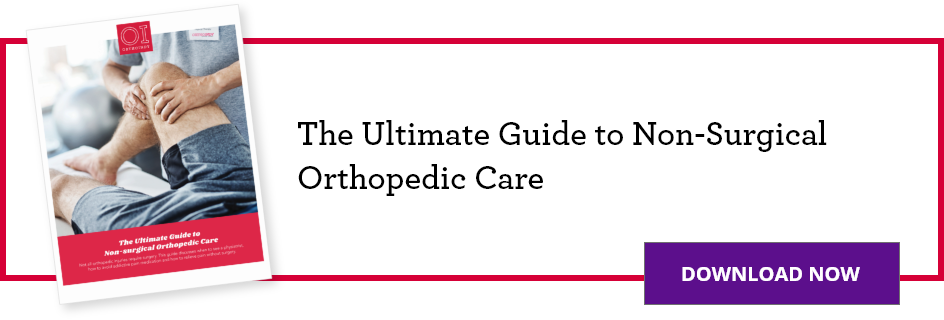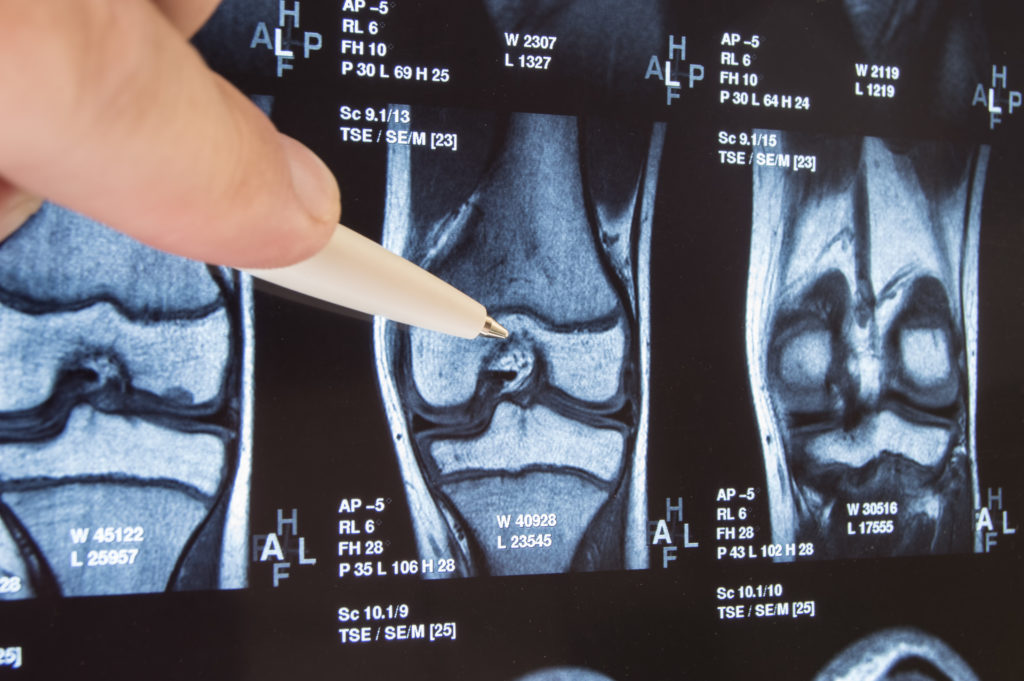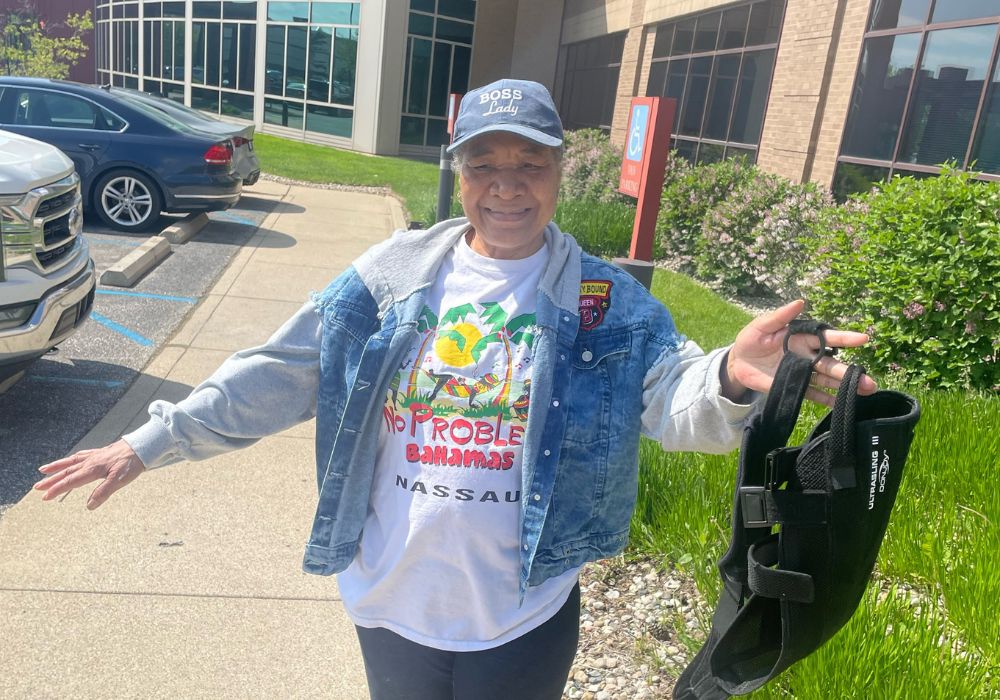THIS POST IS PART OF THE ULTIMATE GUIDE TO NON-SURGICAL ORTHOPEDIC CARE
What causes bone spurs?
Bone spurs occur in the joints of the body because that is where bones come together. There is cartilage that protects the end of these bones. Certain conditions cause cartilage degeneration or wearing a way of cartilage, which causes the body to form an outgrowth of bone known as a bone spur.
Damage to the joint due to osteoarthritis, which degrades cartilage, is the primary cause of bone spurs.
What does a bone spur feel like?
Most of the time, there are no symptoms associated with bone spurs. Sometimes bone spurs are detected from X-rays for other conditions. If there are symptoms, they include:
- Loss of mobility and pain in joints, which are signs that you need to contact your doctor.
- Bone spurs in the knee cause pain when the leg is bent.
- Bone spurs in the spine cause numbness and weakness in the arms and legs. This is because the bone spurs can pinch the spinal cord or nerve roots.
- Bone spurs in the hip cause pain with motion.

Bone spurs treatment
Because bone spurs often go unnoticed without symptoms, they don’t always require treatment. Treatment depends on the location of the bone spur and how it impacts you.
If symptoms are present, your doctor will conduct a physical exam to locate the pain in the joint. X-rays may be used to examine joints and bones. You may get referred to a rheumatologist or a joint disorder specialist for treatment.
If there is pain associated with the bone spurs, over-the-counter pain relievers will likely be suggested.
Learn more about the services offered at OrthoIndy
Schedule an appointment
Your well-being is important to us. Click the button below or call us to schedule an appointment with one of our orthopedic specialists. If your injury or condition is recent, you can walk right into one of our OrthoIndy Urgent Care locations for immediate care. For rehabilitation and physical therapy, no referral is needed to see one of our physical therapists.





